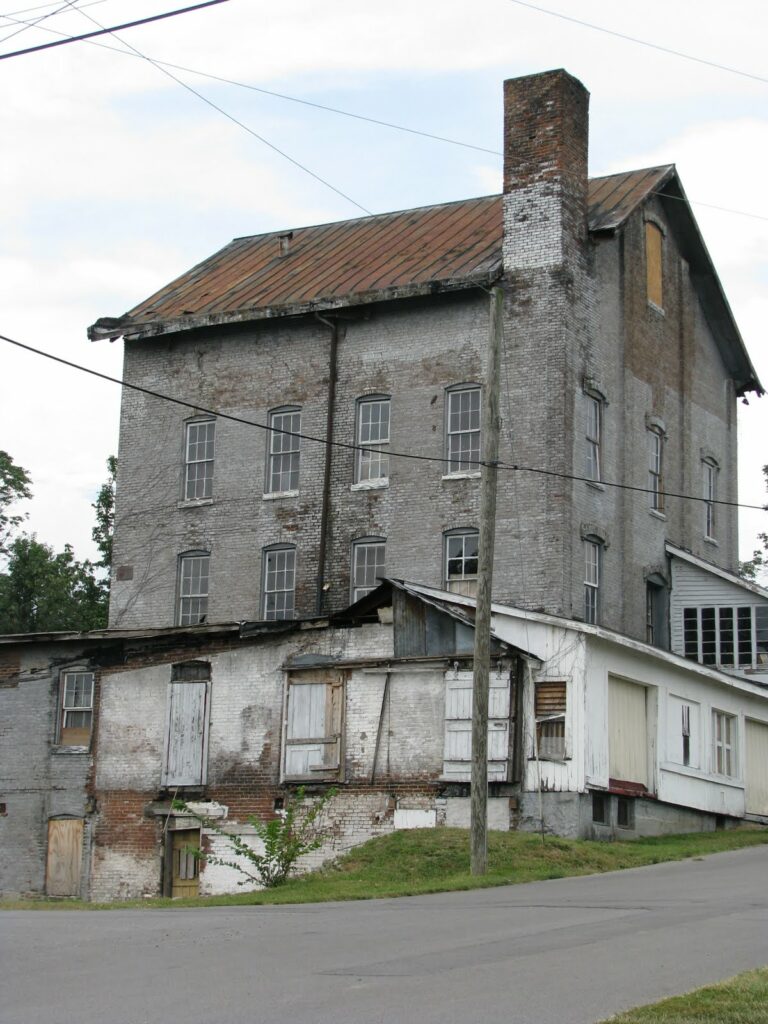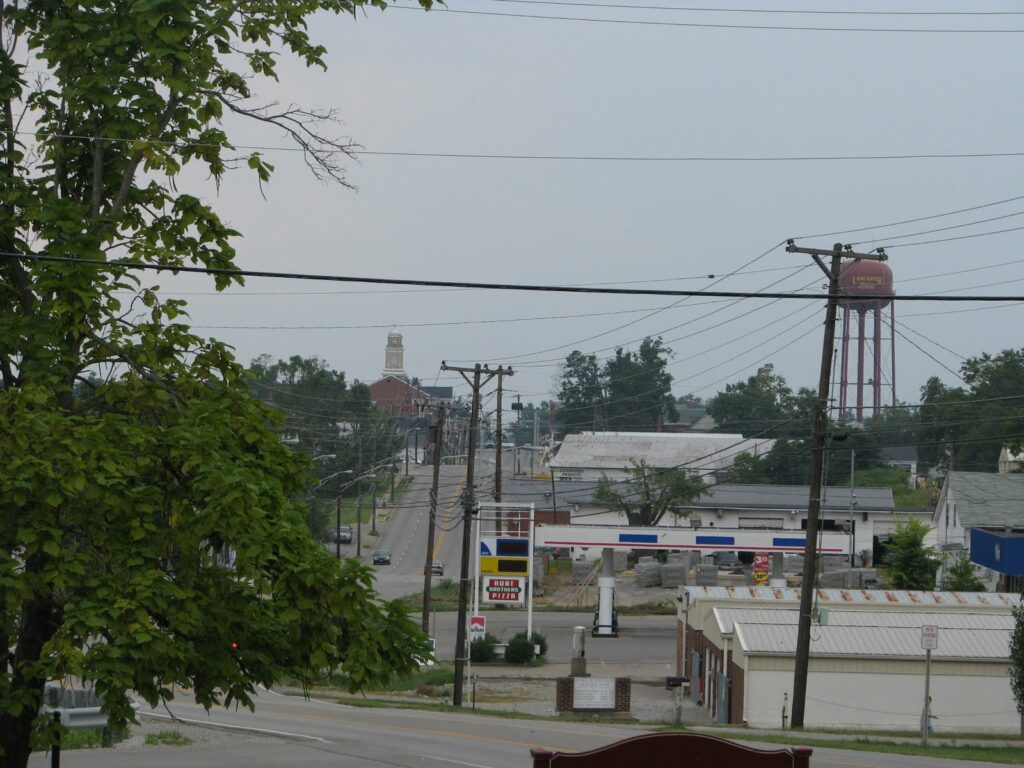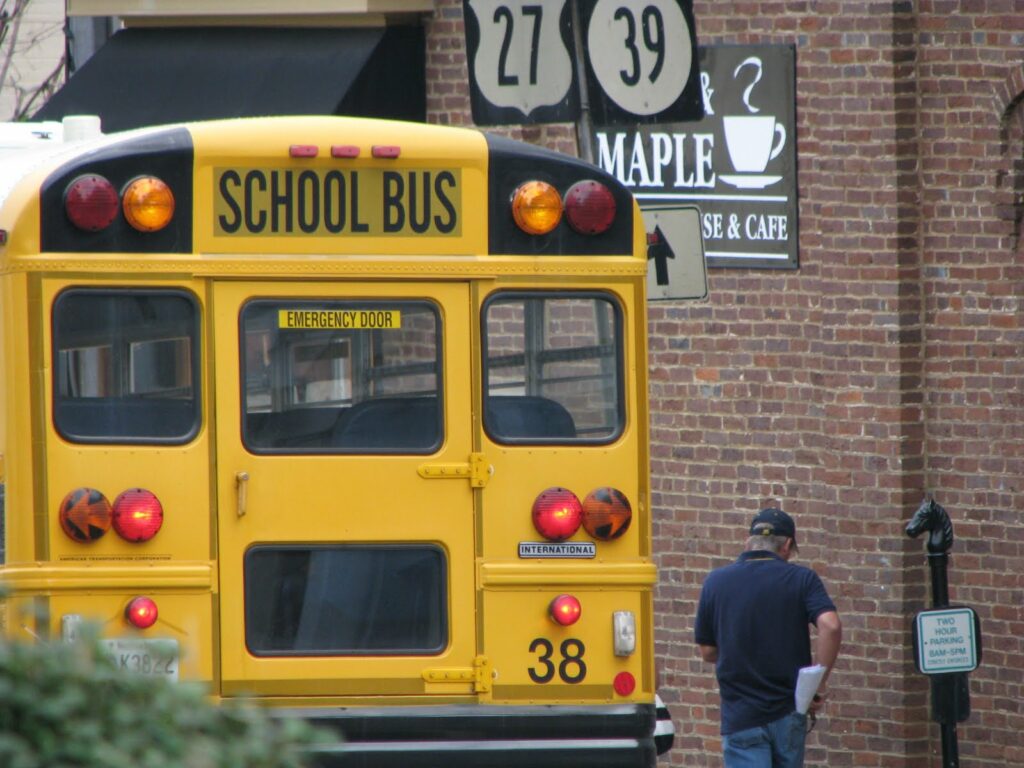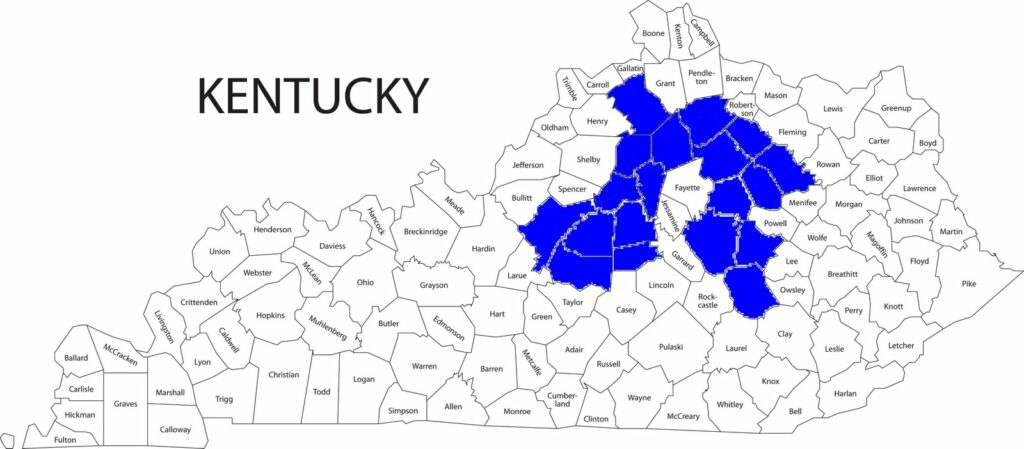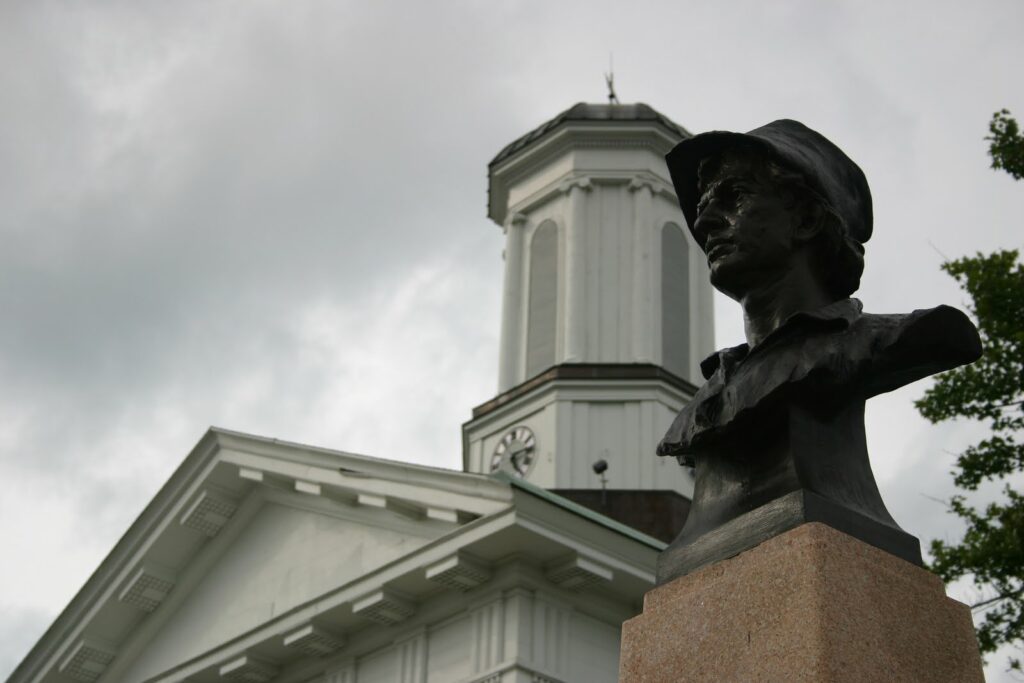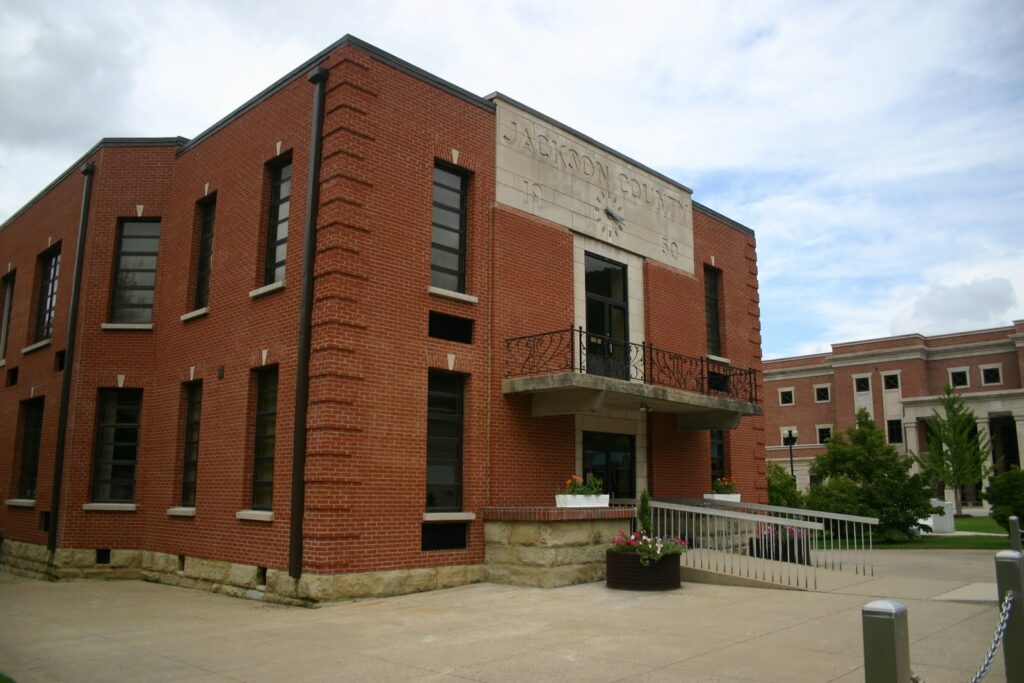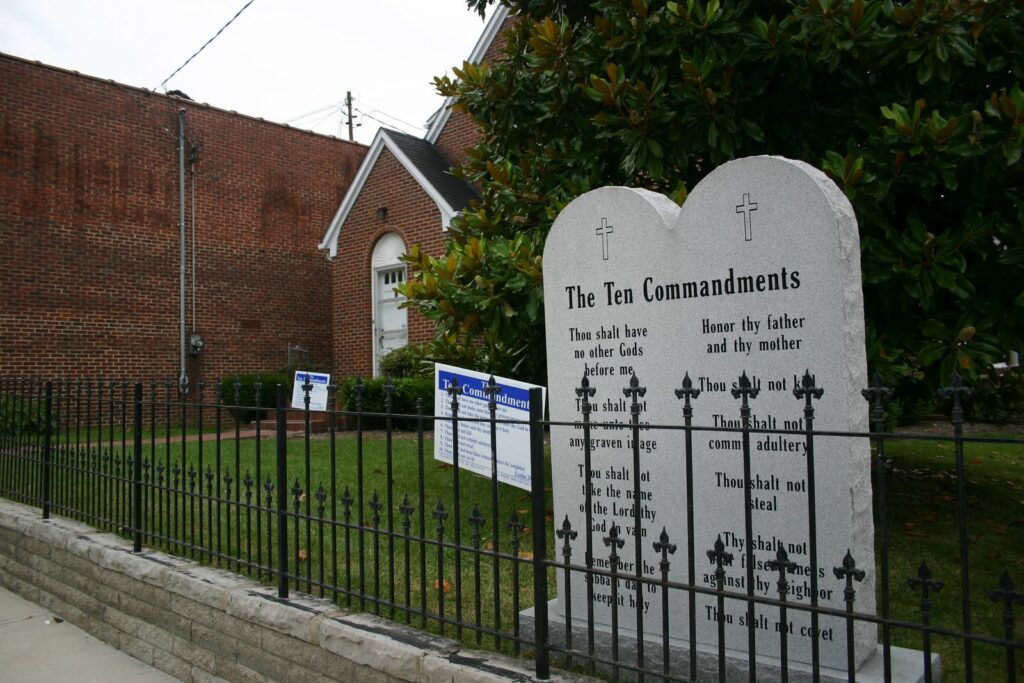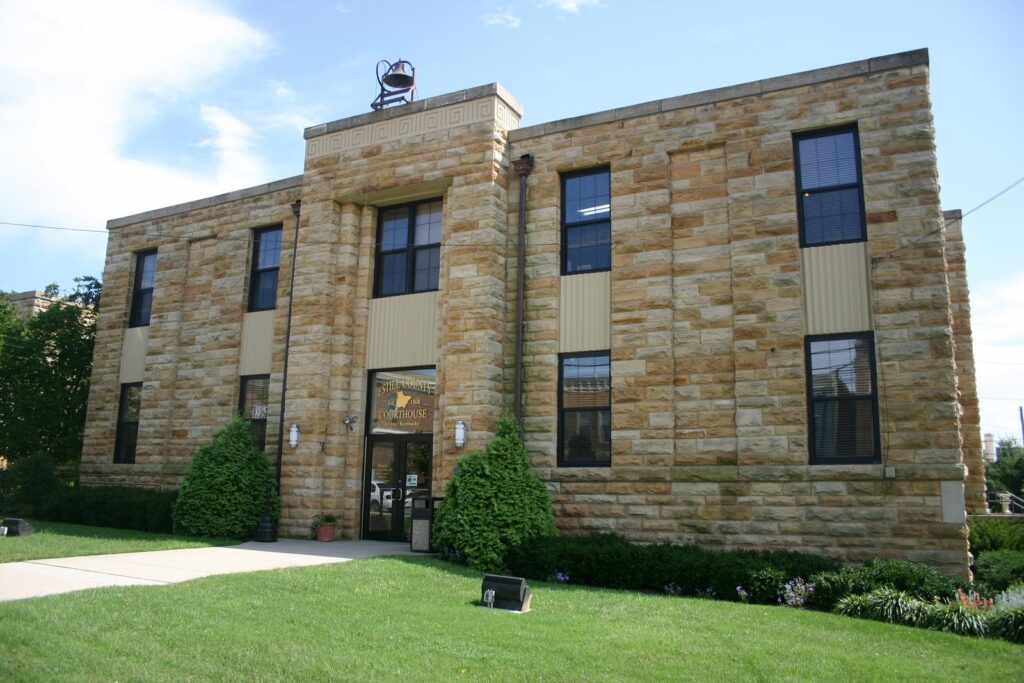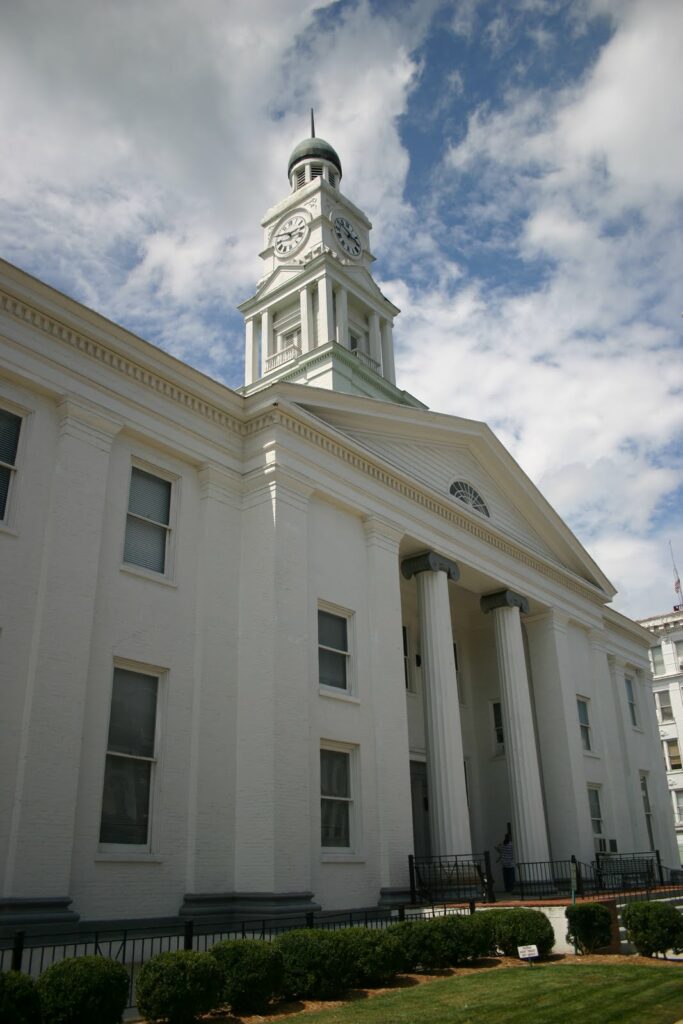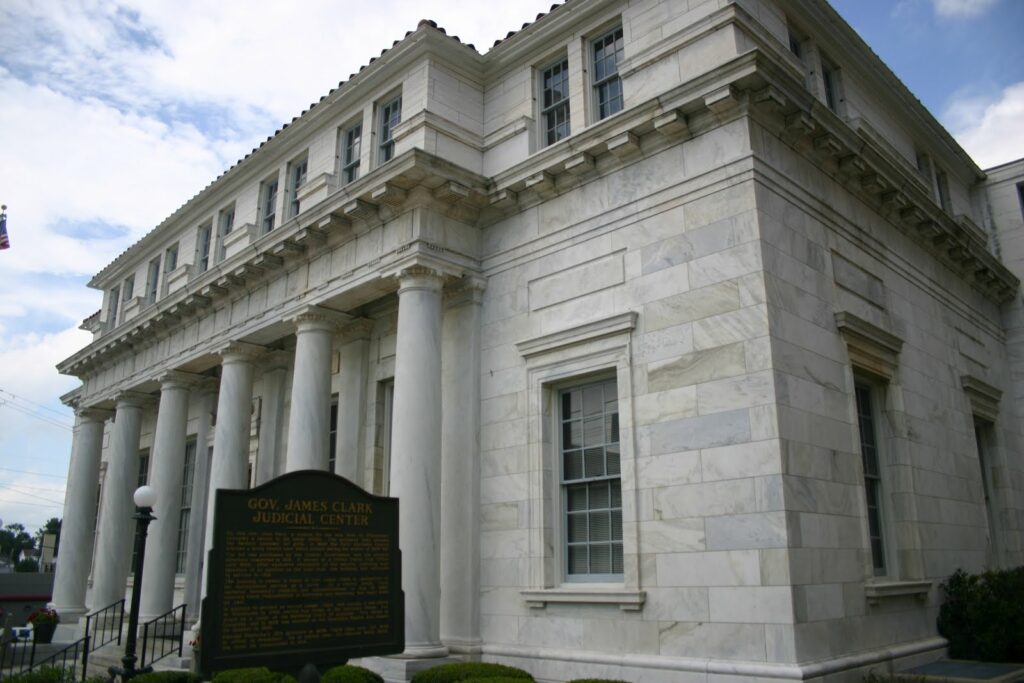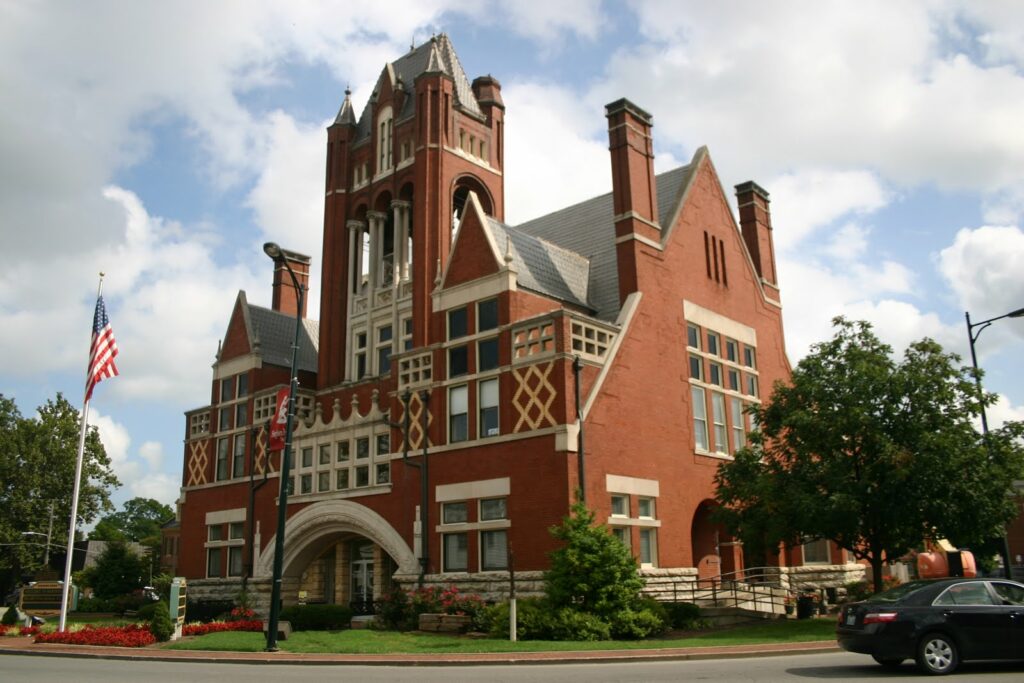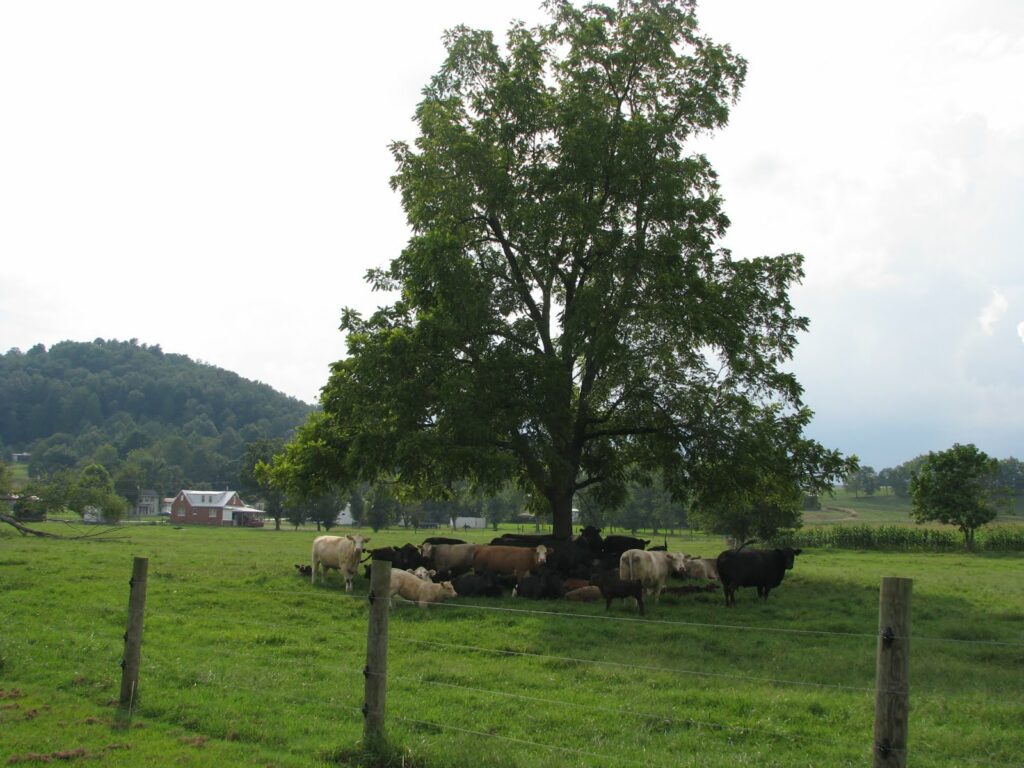
Not only was Stanford a surprise, but several areas of historic Lincoln County prompted me to stop the car.
A historic marker noting the site of McKinney’s Fort: a fort established in 1792 which became an important stop on the Cumberland Trace. The area is now known as McKinney’s Station.
Once in Casey County – just just north of Yosemite – we crossed over an unimpressive tributary of the Green River. A tree under which the cattle relaxed was, however, a beautiful site.
On the return home – but once again in Lincoln County – I spotted a town I wanted to visit: Chicken Bristle. Driving through, there was no sign evidencing the name of this small community. In this rural area, I was surprised to see an old A.M.E. [African Methodist Episcopal] church. I supposed that Chicken Bristle might have been one of the black communities that dotted the region in years past. Sure enough, Chicken Bristle was one of three black Lincoln County communities founded in the post-Civil War era.
Also in Lincoln County was the small community of Hustonville – site of what must be a crazy-scary year-round haunted house.

